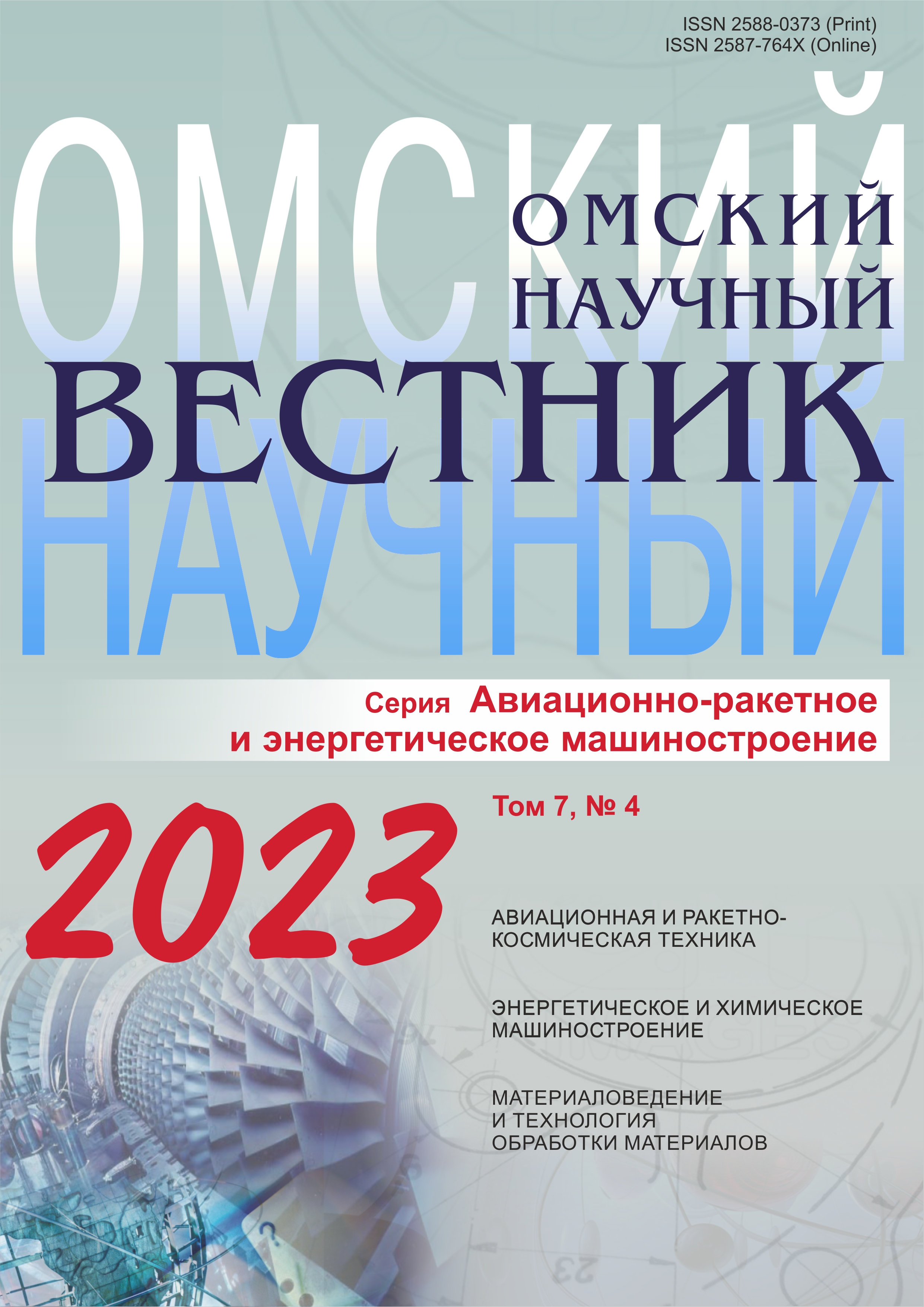Method for assessing the theoretical characteristics of small axial hydraulic turbines
DOI:
https://doi.org/10.25206/2588-0373-2023-7-4-40-47Keywords:
microhydroturbine, blade skeleton, hydraulic turbine impeller, design and optimization of microhydroelectric power stationAbstract
Energy supply to remote areas remains a technical and social challenge. Construction of transmission lines to provide electricity to such areas is expensive and not always possible. One of the promising areas in this area is local energy generation based on local resources, in particular small watercourses, using small hydroelectric power plants. Small hydroelectric power plants are small hydropower facilities that use the energy of small watercourses to generate electricity. They have a number of advantages over traditional energy sources, such as environmental friendliness, low operating costs and high efficiency. However, the widespread introduction of small hydroelectric power plants is hampered by the lack of mass production of small hydraulic turbines and difficulties in designing low-power plants. Designing hydraulic turbines is a complex task that requires solving the inverse problem of hydrodynamics and finding the optimal shape of the flow path. To simplify the design of hydraulic turbines in the modern world, specialized software is used using various methods, including flow analysis, energy loss and blade shape optimization. This article based on an analysis of existing methods for designing and using a mathematical model of a hydraulic turbine with simplified blades, proposes a method for designing and analyzing the theoretical characteristics of the resulting hydraulic turbine. In conclusion, taking into account the use of the methodology for designing a hydraulic turbine for given parameters, its assessment is given, as well as ways to possibly improve the accuracy of the results obtained. Possible areas of application of the outlined design methodology are indicated.
Downloads
Published
How to Cite
Issue
Section
License
Non-exclusive rights to the article are transferred to the journal in full accordance with the Creative Commons License BY-NC-SA 4.0 «Attribution-NonCommercial-ShareAlike 4.0 Worldwide License (CC BY-NC-SA 4.0»)




